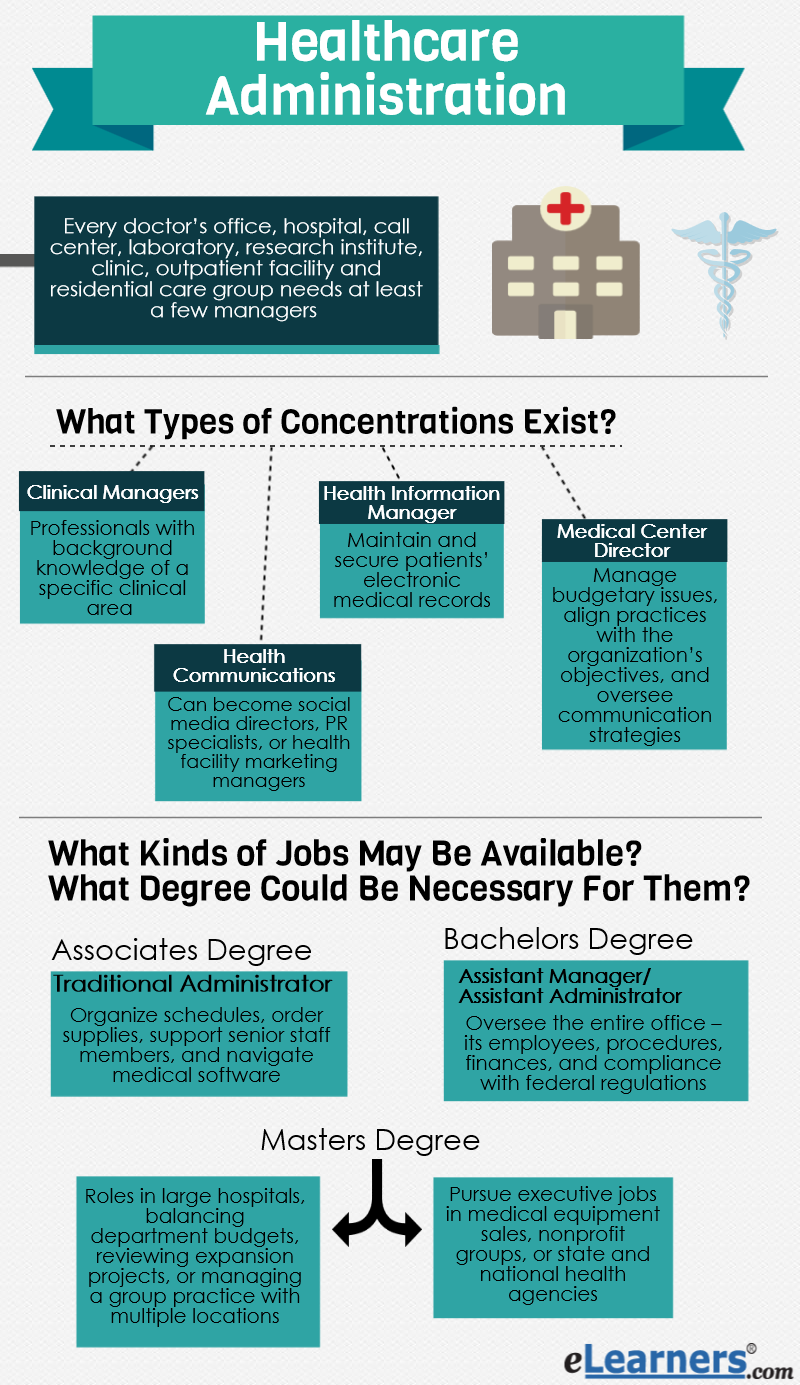Social driverslike bigotry, sexism, ableism, classism, or homophobiacan perpetuate injustices by focusing on one group over another. These forces are so deeply ingrained in cultural practices and standards that lots of people might not realize they're happening. Oftentimes, these forces are the outcome of past injustices that still affect neighborhoods today. Take, for example, mid-20th-century inequitable real estate practices.
Scientist Camara Phyllis Jones used a gardening example in the American Journal of Public Health to highlight simply how this occurs. Envision, for instance, 2 flower boxes: One with brand-new, nutrient-rich soil and another with bad, rocky soil. Seeds planted in the nutrient-rich soil will thrive, while seeds in the poorer soil will struggle.
As this occurs every year, one box of flowers will always be more dynamic than the other due to the initial condition of the soil. When people are separated and given different resources to start with, that is going to have an effect for generations to come. Many health results are the outcome of personal choices, like consuming healthy foods or getting enough exercise.

Ecological health is the physical, chemical, and biological forces that can affect our health, and they can be a driving force behind health variations. It's hard for individuals to consume healthy food, for instance, when they don't have access to it in their neighborhood (areas called food deserts). Neglected tropical diseases (NTDs) are an example of environmentally-driven health variations.
These conditions make it harder for kids to find out and adults to work, exacerbating the impacts of hardship on individuals's health and well-being. Closing the space in health results is no simple task. Causes are often multi-layered. Solutions would require to deal with not only the source of an offered disparity but likewise the context that made it possible in the very first place.
government to improve the health of Americans by the year 2020aims to reduce health disparities by attending to key aspects known as social determinants of health. Social factors of health are the environmental conditions and situations that affect and shape how healthy we are. Numerous things in our social circles and environment can impact our habits and restrict our capability to make healthy options.
Some Known Questions About What Country Spends The Most On Health Care?.
wonder about of authority figures) or neighborhood design (ex. bike lanes) - which level of health care provider may make the decision to apply physical restraints to a client?. There are lots of social factors worsening health disparities, but the Healthy Individuals 2020 goals have put simply five front and center: economic stability, education, social and community context, health and healthcare, and area and built environment. Economic stability refers to things like food security, income or wealth, housing stability, and job opportunity, and research study shows dealing with a few of these problems could assist reduce disparities associated with an entire range of health problems.
Similarly, providing influenza vaccination in poorer communities could assist minimize gaps in hospitalization due to flu. And increasing financial opportunities for economically insecure ladies might assist prevent the disproportionately high variety of cases of HIV because population. Investing in things like language and literacy, early youth education, high school graduation, and greater education could help close health spaces in a variety of methods.
High school completion programs also have strong returns on investmentoften resulting in improved financial benefits that go beyond any costs related to the programin part since https://t.co/fOtaE3Edsn#detox-program of averted health care costs. While not constantly obvious, social influences and dynamics can considerably impact the health of both people and the total community.

Since incarceration can interfere with households and impact access to things like education, work, and real estate, some scientists have required policy changes that address sentencing laws that disproportionately impact certain Black communities as a means to minimize a number of variations, including HIV. Assisting make sure individuals are able to see a physician when they're sick is crucial for suppressing health disparities.
Lots of medical concerns in the United States might be avoided with regular, preventive care like health screenings, vaccinations, and lifestyle modifications. The Affordable Care Act tried to expand access to medical care by making it easier to get health insurance coverage and requiring insurance coverage companies to cover the entire expense of preventive services, like blood pressure screenings and obesity therapy.
More than 28 million individuals, however, still lack medical insurance, and more can be done to make sure increased access to healthcare in the United States. Simply like a person's social environment can impact their health and well-being, so can their physical environments. Improving access to healthy foods, supporting healthy eating habits, enhancing the quality of real estate, minimizing crime and violence, and securing the environment are all things that can be done to enhance the environmental health of a neighborhood and Go to this site reduce health disparities as an outcome. what is single payer health care?.
The Main Principles Of A Health Care Professional Is Caring For A Patient Who Is About To Begin Taking Losartan
Building collaborations between local governments, food retailers (such as supermarket), and communities might assist bring more inexpensive and much healthier food alternatives to locations where such foods are scarce. This, combined with increased targeted education on why and how to incorporate healthy foods into a family's preferred meals, could go a long method to cutting disparities in weight problems rates.
How do you distinguish between the 2? disparities are distinctions among population groups (that is, ethnic background, gender, earnings) in the occurrence, frequency and results of, illness, and associated problems of illness. variations are differences among population groups in the schedule, ease of access, and quality of focused on avoidance, treatment, and management of diseases and their problems, including screening, diagnostic, treatment, management, and rehab services.
Health variations can be associated with sex (male/female), race or ethnicity, income, education, sexual orientation or geography. See the examples listed below. Some diseases are more typical among females than guys. Conditions more typical in ladies are rheumatoid arthritis, anxiety and osteoporosis. Liver illness and injuries are more typical in males.
Minority populations frequently have higher rates of persistent illness. The chart reveals listed below programs how death rates for diabetes, cardiovascular disease and cancer can vary commonly by racial and ethnic groups. The chart shows that: Black/African American, American Indians and Hispanic groups are most likely to die of diabetes Black/African Americans and White groups have higher death rates for cardiovascular disease and cancer For all 3 illness, Black/African Americans have the greatest death rates while Asian/Pacific Islanders have the least expensive Source: The Concern of Persistent Illness and Their Risk Factors (CDC).
According to the U.S. Department of Health and Human Being Providers, health variations are differences in health that are closely connected with social or economic downside. Health disparities adversely impact groups of individuals who have systematically knowledgeable greater social and/or economic obstacles to health based on their racial or ethnic group; religion; socioeconomic status; gender; age; mental health; cognitive, sensory, or physical impairment; sexual orientation; geographic place; or other qualities historically linked to discrimination or exclusion.
population; therefore, the future health of America as a whole will be influenced substantially by our success or failure in improving the health of these groups. A nationwide concentrate on variations in health status is especially essential as significant changes unfold in the method in which health care is provided and funded.